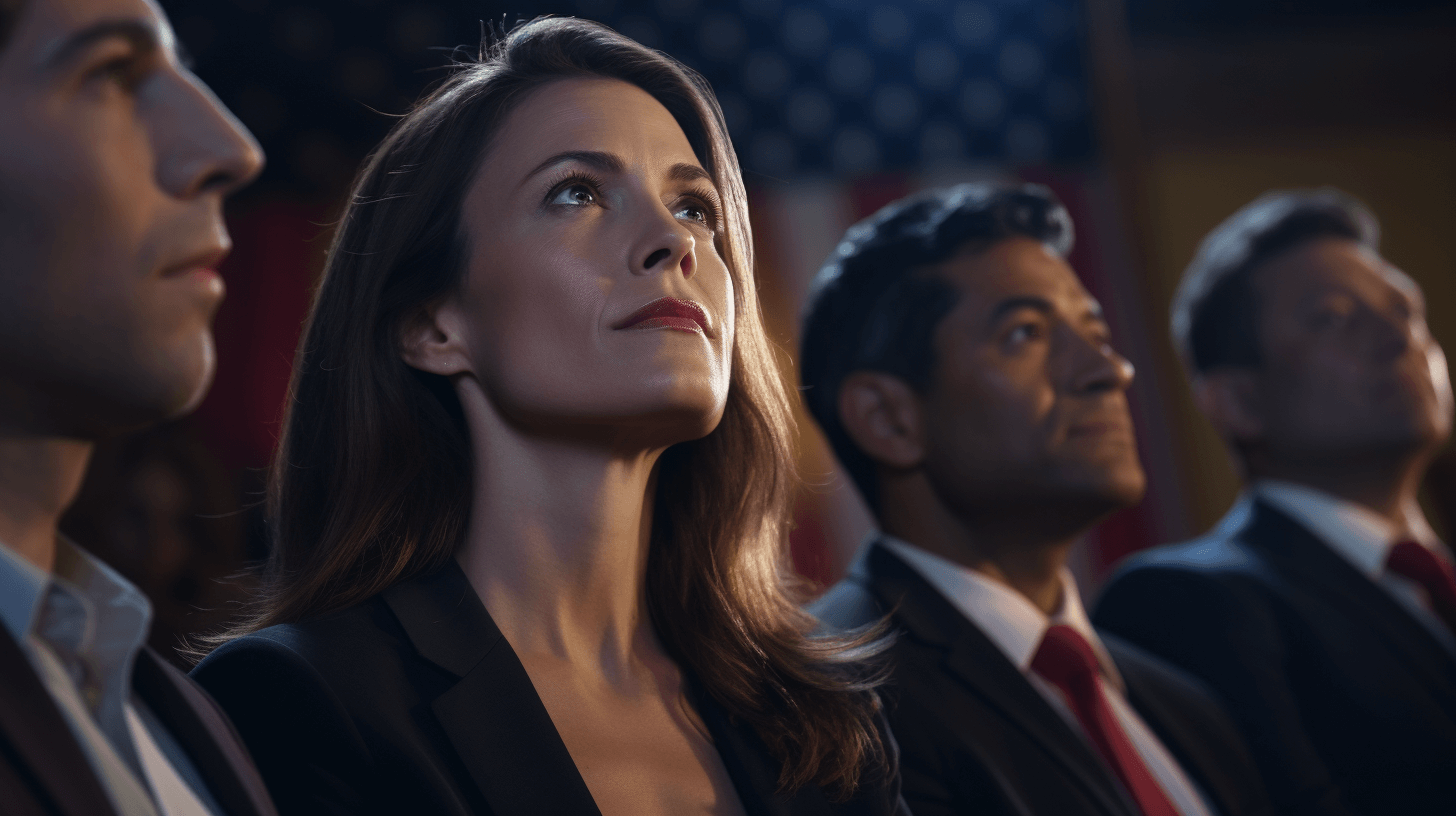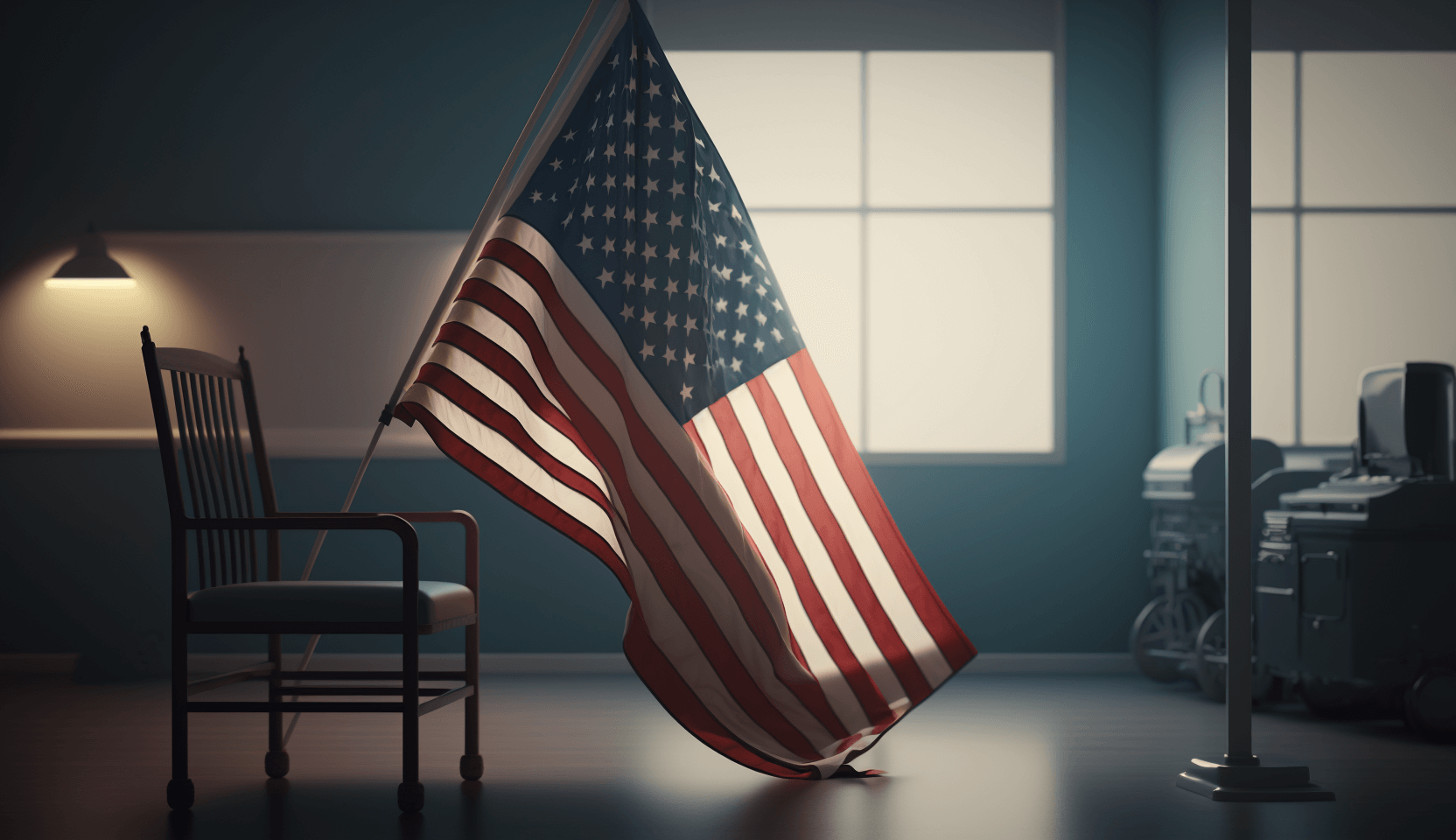😲🏫🙏 One Pilikia Kine T’ing: One Relijious School Dat Stay Also One Public School, Ho Brah!
Oklahoma wen go ‘head and green light da Catholic church fo’ operate one public school. Dis decision, she stay one mo’ win fo’ all dem religious conservatives, yeah? 🎉🙌
Most times, dese religious conservative kine peeps, dey talk stink dat dey always on da losing side wit’ da way t’ings stay going dese days. Same-sex marriage, dass legal all ovah da U.S. now. People, dey not going church lidat anymore. ‘Round 30 percent of all da Americans, dey say dey get no religion 😢💔🌈.
But no can deny, get plenny ways dat organized religion wen score some mean kine political victories. Abortion, dass da big one, yeah. Den yestahday, get one mo’ example but dis one stay inside da education realm 🎯👀📚.
Da big kahunas ova dea in Oklahoma, dey wen go approve da local Roman Catholic archdiocese’s request fo’ run one public charter school. Dis going be da first time dat one public school dat stay religious kine in da U.S. in da modern times, da experts dey say. Supporters of da school, dey hoping fo’ use ’em as one test case fo’ take to da Supreme Court fo’ win one clear right fo’ charter schools fo’ offer religious instruction 🏫👨⚖️📜.
Charter schools, dey public schools dat get money from da taxpayer peeps, but dey get da freedom fo’ operate mo’ flexible dan da traditional schools. All ova da U.S., ’bout 8 percent of all public schools stay charter schools. Da peeps dat support religious charter schools, dey argue dat church groups should get da same right fo’ manage schools like any oddah organization 💰🔄🤝.
But da peeps dat no agree, dey argue dat religious charter schools, dey wipe out da separation between church and state ’cause dey using government money fo’ support religious instruction. Ova time, dese peeps say, da growt’ of church-affiliated charter schools goin’ make da traditional schools go broke and goin’ lead to mo’ kine segregation of keiki along religious lines. Rachel Laser, da head lady of Americans United for Separation of Church and State, she wen criticize da Oklahoma decision as “one huge change fo’ American democracy” and promised fo’ go legal action against ’em 💣⚖️😮.
Da Oklahoma board dat stay in charge of charter schools, dey wen vote 3-2 fo’ approve da new school, dey going call ’em St. Isidore of Seville Catholic Virtual School. Da school going focus on da keiki dat stay in da rural areas. You can read mo’ ’bout dis decision in dis story by my co-worker Sarah Mervosh 📝👀🐄.
And at da court No mattah wat happen wit’ da Oklahoma case, da Supreme Court’s Republican-appointed majority already wen go expand da reach and influence of religious groups. “Da Supreme Court, in da last few years, dey wen make some kine big kine decisions fo’ expand da role of religion in public life, sometimes at da expense of oddah values, like gay rights and access to contraception,” Adam Liptak, who stay covering da court for The Times, he wen tell me 🏛️📣👥.
Between da 1950s and mid-1980s, da court wen side wit’ religious interests ’bout half da time, one academic study wen find. Since John Roberts wen become chief justice in 2005, da percentage wen jump to ova 80 percent. By some measures, Roberts and da five oddah current conservative justices, dey might be da six most pro-religion justices in da court’s history 👩⚖️👨⚖️⚖️.
Da kine cases da court stay hearing, dey wen change too, Adam wen say. When Earl Warren was da big kahuna justice in da 1950s and 1960s, all of da rulings in favor of religion, dey helped da minority groups or da peeps who stay disagreeing. But in da Roberts court, da winners mostly stay mainstream Christians 🔄⏳🕰️.
In da cases from da past couple years, da court wen rule dat:
- One high school football coach get da right fo’ pray at da 50-yard line aftah his team’s games 🏈🙏50️⃣.
- Da laws against job discrimination, dey no apply to teachers at da church-run schools if dey job include religious instruction 👩🏫⛪🚫.
- One Catholic social services agency in Philadelphia can go against da city rules and refuse fo’ work wit’ same-sex couples who like care for foster keiki 🏳️🌈👨👨👦👦👩👩👧👦.
- Employers can say no to giving contraception coverage to female workers if dey get religious reasons 👩💊🚫.
- Da financial-aid programs and oddah government benefits fo’ private schools no can exclude religious schools 💸🎒🙅.
Up next In da coming weeks, as da court’s current term almost pau, da justices, dey expected fo’ rule on two mo’ religion cases 📆👀📜.
One case considering if one website designer can say no to work wit’ same-sex couples ’cause she feel like if dey force her fo’ celebrate same-sex marriages, dass going violate her free-speech rights. Da justices’ comments during da talk story time suggested dat dey likely going side wit’ da designer, a decision dat going put religious rights and free speech above L.G.B.T.Q. equality. It also suggests dat L.G.B.T.Q. rights stay more vulnerable than some oddah kine civil rights 🖥️💍🌈.
In da second case, da Supreme Court seems like dey going rule for religion, but da talk story time suggested dat da ruling might be narrow. In dis case, one postal worker wen ask fo’ da right fo’ no work on Sunday — his Sabbath — wit’out losing his job 📬🙏⛔.
NOW IN ENGLISH
🏫🙏💰 A School of Faith: Religious Education Meets Public Funding in Oklahoma
Oklahoma has made a significant decision: to allow the Catholic church to run a public school, marking another victory for religious conservatives in America 🎉🎓🕍.
Religious conservatives often express concern that they’ve been losing ground in recent societal changes, and they aren’t entirely wrong. Same-sex marriage is now legal across the nation. Church attendance is dwindling. About 30% of Americans report having no religion at all 😢🏳️🌈📉.
Yet, in other aspects, organized religion has scored a series of political victories. Abortion is the prime example, and yesterday another milestone was reached in the field of education 🏆✝️👩🎓.
Oklahoma state officials approved the local Roman Catholic archdiocese’s request to run a public charter school. Experts suggest this will be the first explicitly religious public school in the U.S. in modern times. Supporters see it as a test case to present to the Supreme Court and secure a clear right for charter schools to offer religious instruction 🏫👨⚖️🙏.
Charter schools are publicly funded, yet have the freedom to operate more flexibly than traditional schools. Across the nation, 8% of public schools are charter schools. Advocates for religious charter schools argue that church groups should have the same right to manage schools as other organizations 💡🔄🏦.
However, opponents argue that religious charter schools blur the line between church and state by using government funds to support religious instruction. They warn that the growth of church-affiliated charter schools could siphon off funding from traditional schools and lead to increased religious segregation. Rachel Laser, the head of Americans United for Separation of Church and State, condemned the Oklahoma decision as a “radical shift for American democracy” and pledged to take legal action against it 🚫💵👨🎓.
The Oklahoma board overseeing charter schools voted 3-2 in favor of the new school, which will be named St. Isidore of Seville Catholic Virtual School, with a focus on students in rural areas 🌾💻🕊️.
As for the Supreme Court, regardless of the outcome in Oklahoma, the Court’s Republican-appointed majority has already broadened the influence of religious groups. “The Supreme Court has issued an extraordinary series of decisions over the last few years, expanding the role of religion in public life, sometimes at the expense of other values like gay rights and access to contraception,” says Adam Liptak, who covers the Court for The Times 📰🏛️⚖️.
Between the 1950s and mid-1980s, the court sided with religious interests about half the time, according to an academic study. Since John Roberts took over as Chief Justice in 2005, that share has surged to more than 80 percent. Some suggest that Roberts and the five other current conservative justices are the most pro-religion in the court’s history 👨⚖️⬆️📚.
The types of cases reaching the court have also changed. When Earl Warren was Chief Justice in the 1950s and 1960s, all rulings favoring religion benefited minority groups or dissenters. Under the Roberts court, the winners tend to be mainstream Christians 👀🔄⏳.
In the upcoming weeks, the Supreme Court is expected to rule on two more religion cases. One involves a website designer who refuses to work with same-sex couples, claiming that celebrating same-sex marriages infringes her free-speech rights. The second case concerns a postal worker who wishes not to work on Sunday – his Sabbath – without losing his job. The Court’s current term is drawing to a close, and these decisions will have far-reaching implications for the intersection of faith and civil rights in America ⏲️🏳️🌈📬.







